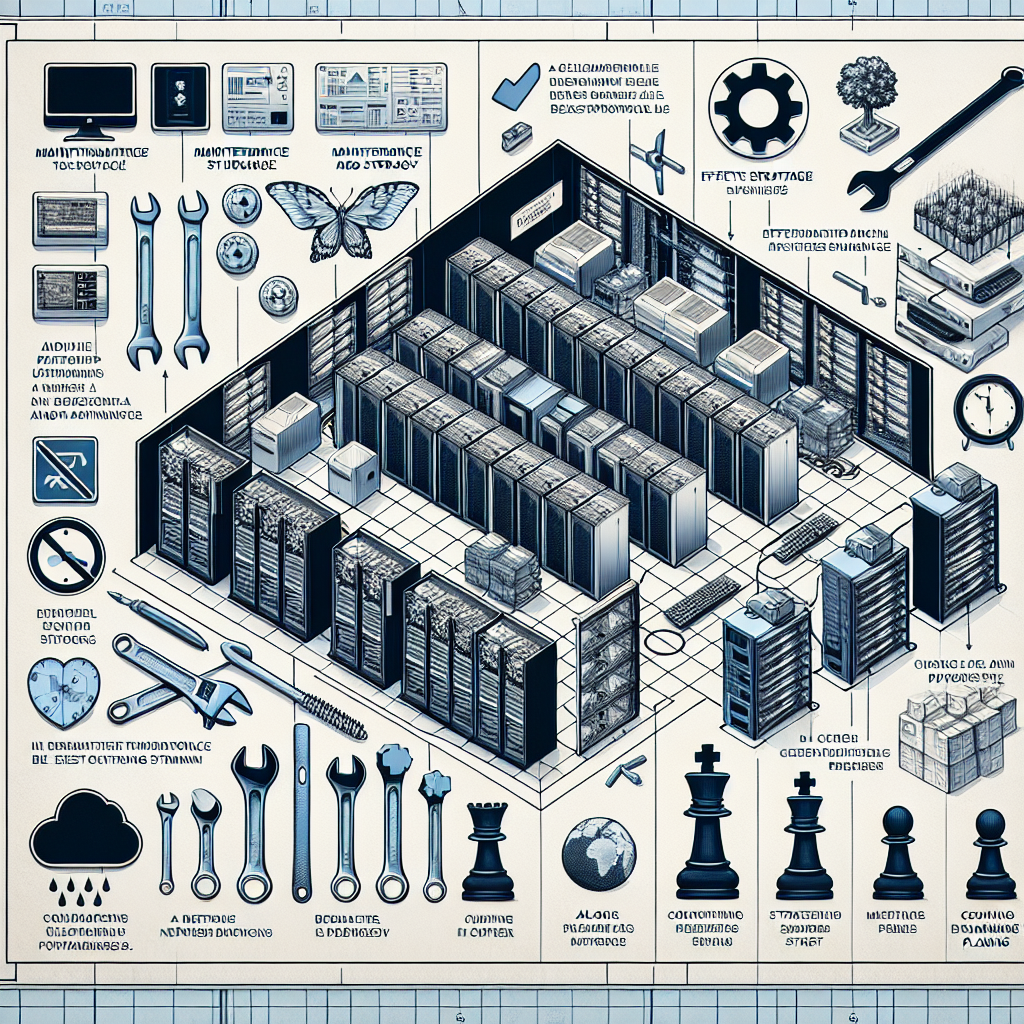As businesses increasingly rely on data centers to store and manage their critical information, ensuring the uptime of these facilities has become a top priority. Downtime can result in significant financial losses, damage to reputation, and even legal implications. To prevent such disruptions, data center maintenance is essential.
Maximizing uptime in a data center requires a proactive approach to maintenance. Regular inspections, testing, and monitoring are crucial to identify potential issues before they escalate into costly downtime. Here are some key strategies for maximizing uptime through effective data center maintenance:
1. Regular Inspections: Conduct regular inspections of all critical components of the data center, including servers, cooling systems, power distribution units, and networking equipment. Look for signs of wear and tear, loose connections, and other potential issues that could lead to downtime.
2. Preventive Maintenance: Implement a preventive maintenance schedule to address potential issues before they cause downtime. This includes tasks such as cleaning equipment, replacing worn-out parts, and updating software and firmware.
3. Monitoring and Alerts: Implement a robust monitoring system that continuously tracks the performance of critical components in the data center. Set up alerts to notify you of any anomalies or potential issues that need immediate attention.
4. Regular Testing: Conduct regular testing of backup systems, power supplies, cooling systems, and other critical components to ensure they are functioning properly. This will help identify any weaknesses or vulnerabilities that could lead to downtime.
5. Documentation: Keep detailed records of all maintenance activities, inspections, and tests performed in the data center. This information can help identify patterns or trends that may indicate potential issues in the future.
6. Staff Training: Ensure that staff members responsible for data center maintenance are properly trained and equipped to handle any issues that may arise. Regular training sessions can help keep them up-to-date on best practices and new technologies.
7. Disaster Recovery Plan: Develop a comprehensive disaster recovery plan that outlines the steps to be taken in the event of a downtime incident. This plan should include procedures for restoring data, notifying stakeholders, and communicating with customers.
By following these strategies, businesses can maximize uptime in their data centers and minimize the risk of downtime. Investing in proactive maintenance and monitoring can help prevent costly disruptions and ensure the smooth operation of critical systems. Remember, downtime is not an option when it comes to data centers – so prioritize maintenance to keep your business running smoothly.












